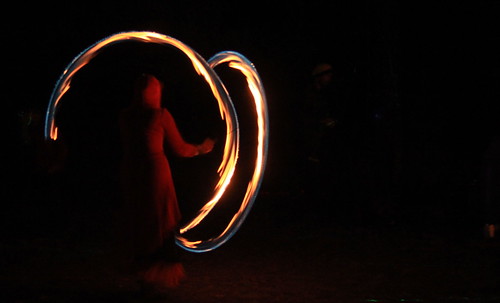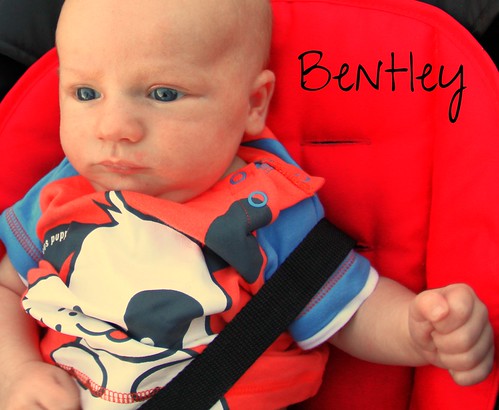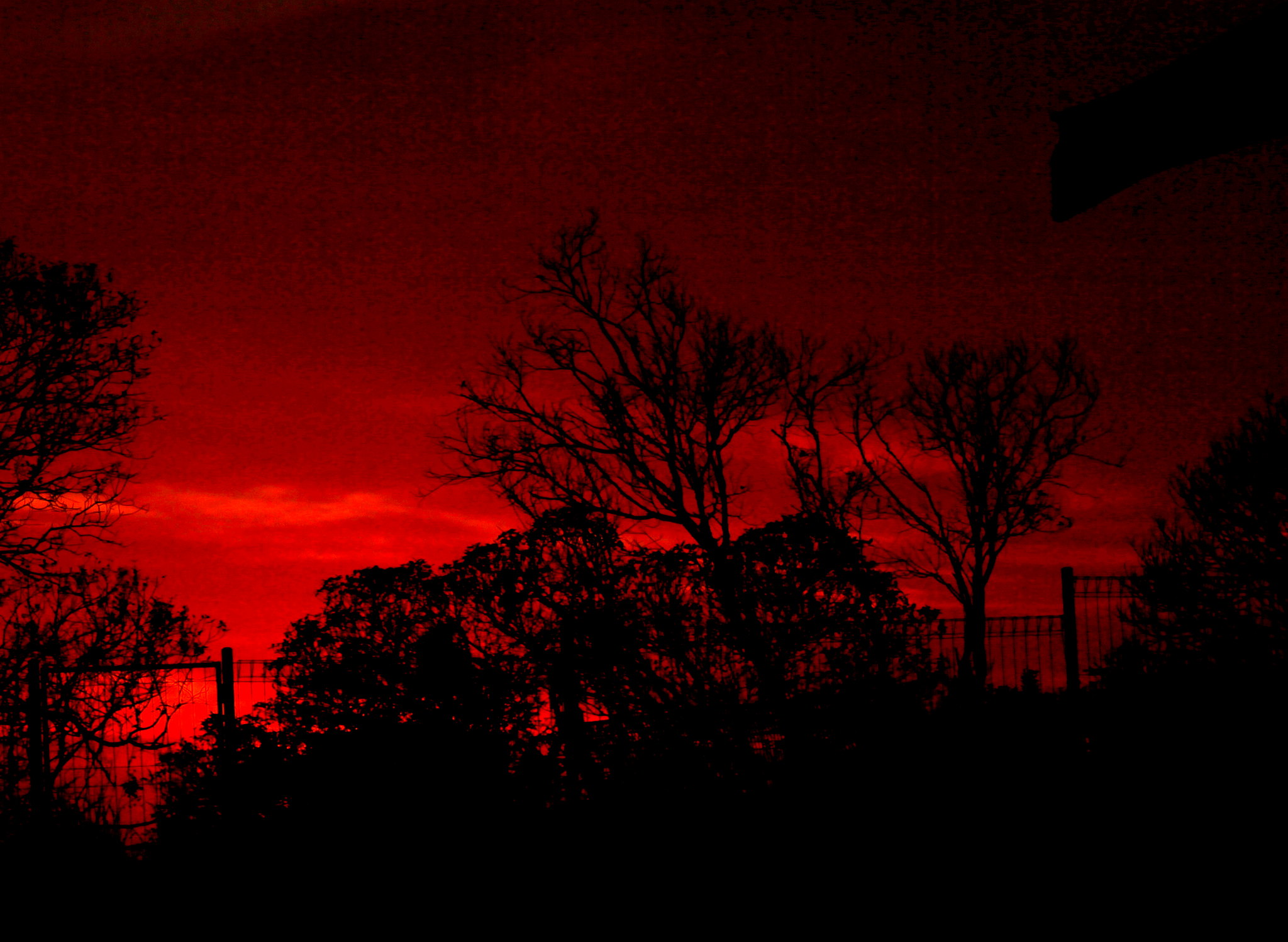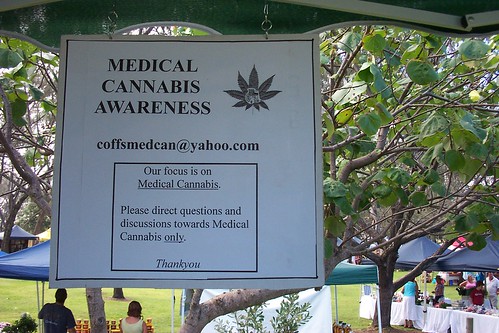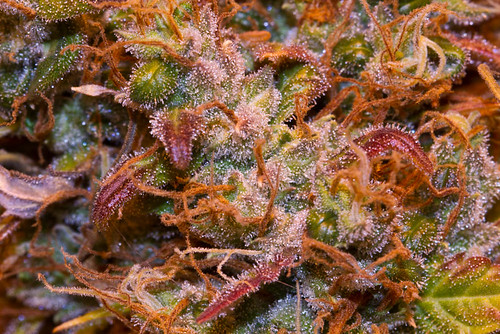To read more on that please find text after the embed further to this research on cannabis.
10 Biggest Pot Myths, Debunked by Science
via AlterNet
May 13, 2014
Medical cannabis opponents are fond of promoting many myths and misconceptions about the herb.
Here are the facts:
1. "Medical cannabis is too dangerous to recommend as a medicine"
The cannabis plant and its biologically active constituents, known as cannabinoids, possess an impressive safety profile compared to other conventional therapeutic agents.
According to the National Academy of Sciences, Institute of Medicine, marijuana possesses an estimated dependence liability of less than ten percent.
(Others have acknowledged that pot’s true dependence potential is likely even lower.)
This percentage is approximately the same as anxiolytic drugs like Xanax and Valium and far lower than that of many other licit prescription drugs or recreational substances, like alcohol (15 percent) and tobacco (32 percent).
Moreover, unlike the active compounds in many conventional prescription medicines, cannabinoids are relatively non-toxic to fully developed healthy cells and organs.
Cannabis also possesses no lethal overdose potential.
As acknowledged by no less than the DEA’s own administrative law judge, “Marijuana, in its natural form, is one of the safest therapeutically active substances known to man.”
2. "Medical marijuana hasn’t yet been subjected to adequate scientific study"
Cannabis possesses a far longer history of human use as a safe and effective therapeutic agent than virtually any comparable substance.
Archeologists have identified cannabis-based textiles dating to 7,000 B.C. in northern China and the plant's use as a medicinal and agent date back nearly as far.
For example, in 2008, archeologists in Central Asia discovered over two pounds of cannabis buried in the 2,700-year-old grave of an ancient mummified shaman.
After conducting extensive testing on the material's potency, researchers affirmed, "The most probable conclusion ... is that ancient cultures cultivated cannabis for pharmaceutical, psychoactive, and divinatory purposes."
In addition, the marijuana plant is also one of the most studied biologically active substances of modern times.
A search on PubMed, the repository for all peer-reviewed scientific papers, using the term “marijuana” yields nearly 20,000 scientific papers referencing the plant and/or its constituents, nearly half of which have been published just within the past decade.
By comparison, a keyword search using the term “Tylenol” yields 17,370 published papers.
A keyword search using the term “ibuprofen’ yields 10,500 published paper.
A keyword search using the term “Ritalin” yields 7,012 published papers, and a keyword search using the term “hydrocodone” yields only 630 published papers.
3. "There aren’t sufficient clinical trials evaluating pot’s safety and efficacy as a medicine"
More than 100 controlled trials, involving thousands of subjects, have evaluated the safety and efficacy of cannabis and/or individual cannabinoids.
Most recently, a review of FDA-approved pot trials conducted by various California Universities concluded, “Based on evidence currently available the Schedule I classification (for cannabis) is not tenable; it is not accurate that cannabis has no medical value, or that information on safety is lacking.”
This body of clinical evidence exceeds that of many FDA-approved prescription drugs.
According to a 2014 review published in the Journal of the American Medical Association, of the 188 novel therapeutic agents approved by the FDA between the years 2005 to 2012, “The median number of pivotal trials per indication was two and 74 indications (37%) were approved on the basis of a single trial.”
4. "No major medical or health organizations support medical marijuana access "
Numerous medical and health organizations – such as the American Nurses Association, the American Public Health Association, and the Epilepsy Foundation of America – support allowing qualified patients to legally access to cannabis therapy.
Most practicing physicians do too.
According to survey data released this year by WebMD/Medscape, nearly 70 percent of doctors, including over 80 percent of oncologists and hematologists, acknowledge the therapeutic qualities of cannabis and 56 percent agree that it should be a legal option for patients.
5. "Medical cannabis laws are associated with increased crime"
Not so concludes a study published earlier this year in the scientific journal PLoS ONE.
Investigators tracked crime rates across all 50 states in the years between 1990 and 2006, during which time 11 states legalized medical cannabis access.
Authors reviewed FBI Uniform Crime Report data to determine whether there was any association between the enactment of medical pot laws and rates of statewide criminal activity, specifically the number of reported crimes involving homicide, rape, robbery, assault, burglary, larceny, and auto theft.
They concluded, “The central finding gleaned from the present study was that MML (medical marijuana legalization) is not predictive of higher crime rates and may be related to reductions in rates of homicide and assault. … These findings run counter to arguments suggesting the legalization of marijuana for medical purposes poses a danger to public health in terms of exposure to violent crime and property crimes.”
Similarly, a 2012 federally commissioned study reported that the establishment of cannabis dispensaries is not associated with elevated rates of either violent crimes or property crimes.
It concluded, “There were no observed cross-sectional associations between the density of medical marijuana dispensaries and either violent or property crime rates in this study. These results suggest that the density of medical marijuana dispensaries may not be associated with crime rates.”
6. "Medical cannabis laws increase pot use by adolescents"
Wrong again.
Writing in the Journal of Adolescent Health in April, researchers at Rhode Island Hospital and Brown University assessed the impact of medical cannabis laws over a 20-year period by examining trends in self-reported drug use by high schoolers in a cohort of states before and after legalization.
Investigators compared these trends to geographically matched states that had not adopted medical marijuana access laws during this time.
They determined, “Our study of self-reported marijuana use by adolescents in states with a medical marijuana policy compared with a sample of geographically similar states without a policy does not demonstrate increases in marijuana use among high school students that may be attributed to the policies. … Concerns about (medical marijuana laws) ‘sending the wrong message’ may have been overblown.”
7. "Inhaling medical cannabis significantly damages the lungs"
According to a 2012 study published in the Journal of the American Medical Association, subjects exposed to moderate levels of cannabis smoke over an extended period of time do not experience the sort of significant pulmonary harms associated with tobacco smoking.
"Our findings suggest that occasional use of marijuana ... may not be associated with adverse consequences on pulmonary function," the study concluded.
Further, the long-term inhalation of pot smoke is not associated with increased incidents of lung-related cancers.
According to the results of the largest case-controlled study ever to investigate the matter, ganja smoking is not associated with higher incidences of cancers of the lung or upper aero-digestive tract, even among subjects who reported smoking more than 22,000 joints over their lifetime.
Summarizing the study’s findings to the Washington Post, the study's lead researcher, Dr. Donald Tashkin of the University of California at Los Angeles affirmed: "We hypothesized that there would be a positive association between marijuana use and lung cancer, and that the association would be more positive with heavier use. What we found instead was no association at all, and even a suggestion of some protective effect."
8. "No medicine is smoked"
Yet patients inhale many conventional medications, such as anti-asthma drugs.
These patients inhale conventional medications for largely the same reasons as do medical cannabis smokers: they require rapid onset of therapeutic drug effect, they desire the flexibility to self-regulate their dosage depending on the circumstances, and the medication they are administering lacks lethal overdose potential.
Further, clinical studies assessing the efficacy of vaporization as a cannabinoid delivery device have determined it to be a safe alternative to smoking, concluding: “Vaporization of marijuana does not result in exposure to combustion gases and [was] preferred by most subjects compared to marijuana cigarettes. … [It] is an effective and apparently safe vehicle for THC delivery.”
9. "There is no legitimate need for medical cannabis because Marinol is already available by prescription"
Marinol is an FDA-approved synthetic version of a single isolated compound in cannabis.
Consequently, Marinol lacks dozens of other identified, therapeutically active components available in the plant, as well many of the terpenes present in pot.
It possesses poor bioavailability compared to inhaled plant cannabinoids, and its mood-altering effects tend to be far more dysphoric.
Not surprisingly, when given the choice between Marinol and whole-plant cannabis, the majority of patients choose the herbal alternative.
10. "Cannabis isn’t medicine because the FDA has not approved its therapeutic use"
The FDA evaluates patented, synthetic products developed by private companies.Further, its therapeutic utility is demonstrated in numerous controlled trials.
It does not evaluate naturally occurring botanical products such as cannabis.
Of course, that is not to say that the plant, in particular a standardized variety of the herb, could not arguably meet the conventional FDA standards of safety and efficacy.
After all, humans have consumed cannabis for thousands of years and it possesses adequate safety profile.
Arguably, by any objective analysis, cannabis and cannabinoids exceed the FDA’s existing standards for safety and efficacy.


